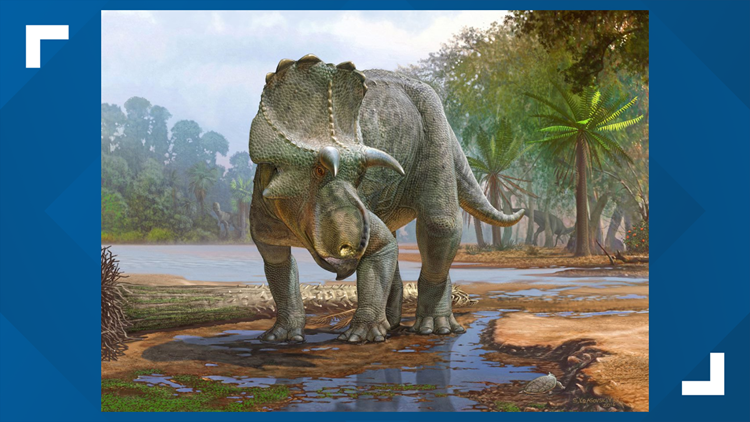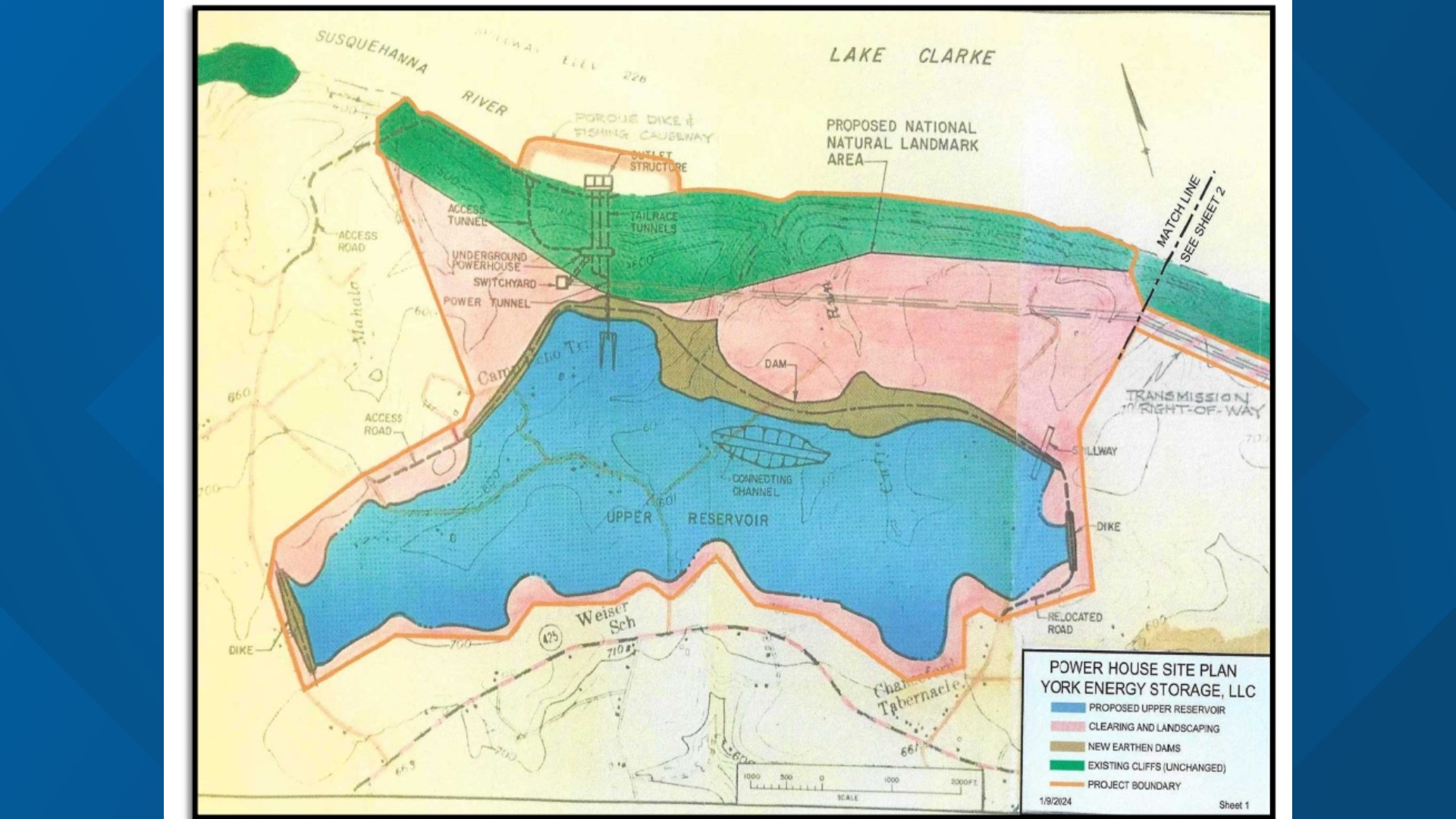HARRISBURG, Pa. — A group of researchers, including Steven Jasinski, of the Department of Environmental Science and Sustainability at Harrisburg University, have discovered a "new" horned dinosaur from New Mexico, which lived 82 million years ago.
The dinosaur, Menefeeceratops sealeyi, is a predecessor to the commonly depicted Triceratops. The new dinosaur is estimated to have grown to about 13 to 15 feet long, whereas the Triceratops could grow up to 30 feet long.
The Menefeeceratops sealeyi is described as having had a "frilled head and beaked face," by the team of researchers. The discovery of it adds to scientists' understanding of ceratopsid dinosaurs—those which are characterized by horns and frills, along with beaked faces.
“Ceratopsids are better known from various localities in western North America during the Late Cretaceous period near the end of the time of dinosaurs,” Jasinski said in a statement. “But we have less information about the group, and their fossils are rarer, when you go back before about 79 million years ago.”
The remains of the Menefeeceratops sealeyi "offer a clearer picture of the group’s evolutionary path before it went extinct at the end of the Cretaceous period," the researchers continued.
“There has been a striking increase in our knowledge of ceratopsid diversity during the past two decades,” renowned Dinosaur Paleontologist Peter Dodson of the School of Veterinary Medicine and Penn Arts and Sciences at the University of Pennsylvania said in a statement. “Much of that has resulted from discoveries farther north, from Utah to Alberta. It is particularly exciting that this find so far south is significantly older than any previous ceratopsid discovery."
The researchers said that they hope more Menefeeceratops fossils turn up, and they are able to "ensure a better understanding of the ancient ecosystem of which it was part."



